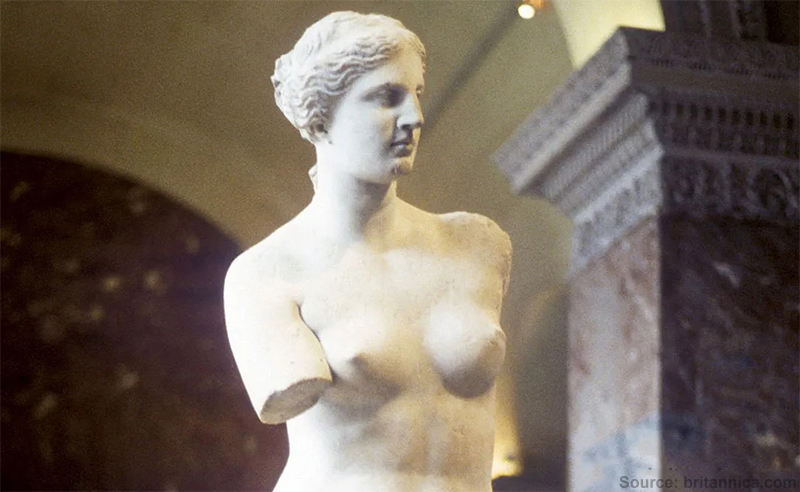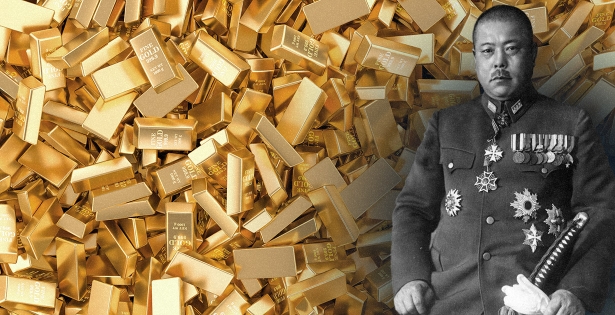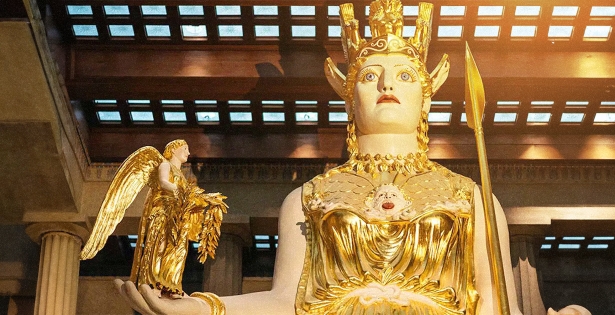
Stolen gold: the hunt continues
Average reading time — 4 minutes
Ancient works of art were often decorated with gold. Exquisite work of craftsmen and the precious metal attracted the attention of those who wanted to get rich. Thefts throughout human history have been carried out for financial or personal gain.
Thieves of valuable artifacts and marauders damaged archaeological sites in search of unique gold items. They then sold the valuables on the black market to collectors, smugglers or dealers.
There were cases when the theft of gold was carried out by people in power: rulers or conquerors. They often seized valuable gold items as spoils of war or melted them down to create new precious items. In some cases, objects were irreparably damaged or destroyed during the gold recovery process.
Barbaric actions in the past and present deprive future generations of the opportunity to appreciate the incredible work of the ancient masters and lead to the loss of an important cultural heritage.
Gold of Venus
The Louvre Museum in Paris is famous for its valuable collection of works of art. The rarest artifacts have fascinated visitors for centuries and confirmed the great role of gold in art, culture and history.
One of the outstanding works of antiquity in the Louvre is the Venus de Milo statue, which is believed to be created in ancient Greece between 150 and 100 BC. The statue of the Greek Goddess is made of white fine-grained hard marble and is 6 feet 8 inches (2 meters and 4 centimeters) high. Many museum visitors are not even aware of the assumptions of archaeologists and scientists. According to some versions, Venus originally held an apple, a spear or a spinning wheel in her hand, and her wrists were once adorned with sparkling metal bracelets. It is possible that the goddess had earrings and a tiara/diadem, in all likelihood, made of the precious metal, which added even more grandeur to the work of art.

In the photo: today, visitors to the Louvre can marvel at Venus, which, alas, was left without gold.
Mysteries of the Amu Darya Treasure

In the photo: the story of the treasure resembles an exciting detective novel.
The Amu Darya Treasure, aka the Oxus Treasure, consists of about 170 gold items made, according to various conclusions, between the 6th and 2nd centuries BC. The collection, consisting of gold jewelry, valuable coins, figurines and other artifacts, was discovered by archaeologists on the territory of modern Tajikistan.
Afghanistan, Pakistan, India and Great Britain — the treasures have overcome this difficult journey, as the owners kept changing. They fell into the hands of dishonest merchants and greedy robbers. They were sold off piece by piece before being reunited again.
Thanks to the antiquarian Augustus Wollaston Franks, eventually, it became possible to redirect most of the valuable objects to the British Museum.
Investigation surrounding Steinhardt
Warrants, searches, lawsuits — that’s just a small part of what happened in the course of the mysterious and complicated case of philanthropist Michael Steinhardt. The collector was forced to return to Jordan the most valuable artifacts that he once acquired, as it turned out, illegally. The New York County District Attorney’s investigation is ongoing, but Steinhardt has already handed over to the government 180 unique items acquired illegally in eleven countries.
All of them are of great value as the historical heritage of several states. The age of some unique finds dates back to 70-80 centuries, the cost of artifacts exceeds millions of dollars.
Michael Steinhardt is supposed to return nine of the rarest items of antiquity to Israel, but they have not yet been found.

In the photo: a world-famous philanthropist received a lifetime ban on collecting antiques.
In general, gold artifacts are evidence of the enduring value of the eternal metal in art and culture throughout history. Rare museum exhibits showcase intricate craftsmanship and artistic vision and continue to fascinate connoisseurs of beauty to this day.
Read also the articles:
Treasure of the Louvre: the golden scepter of Charles V
Stunning golden fake: Saitaphernes’ tiara





